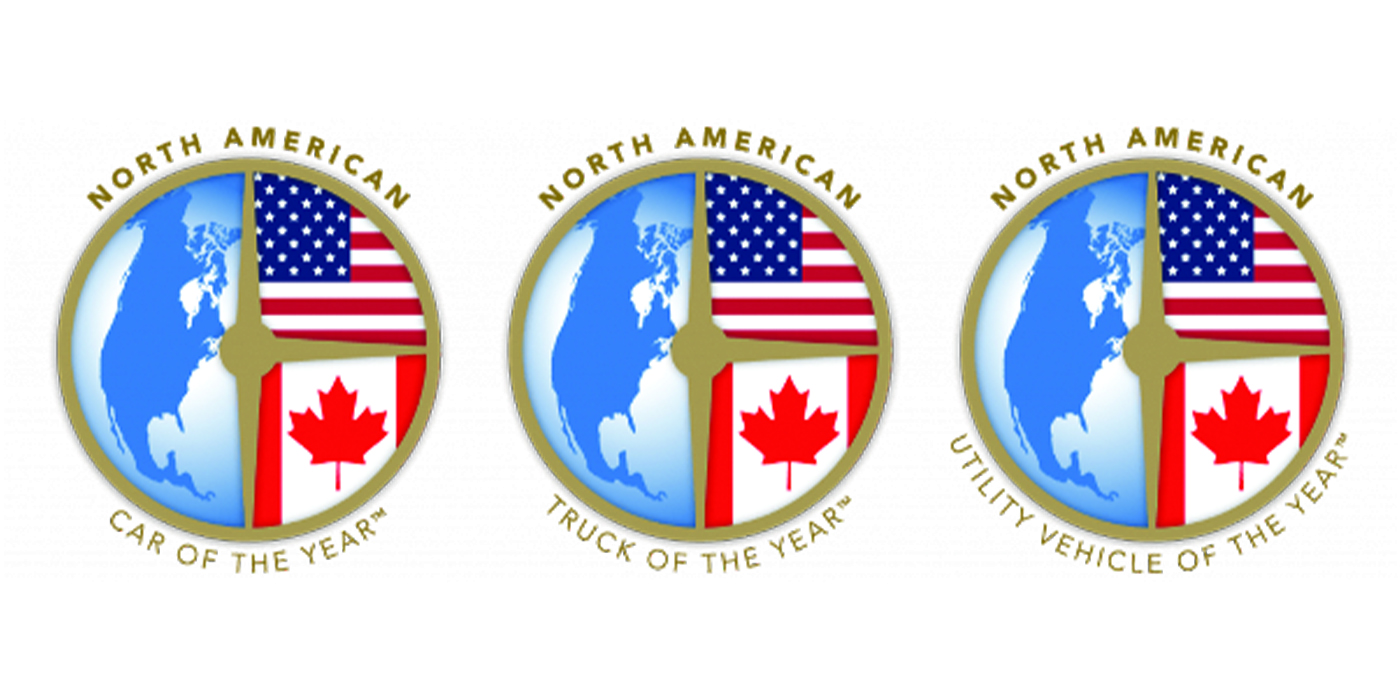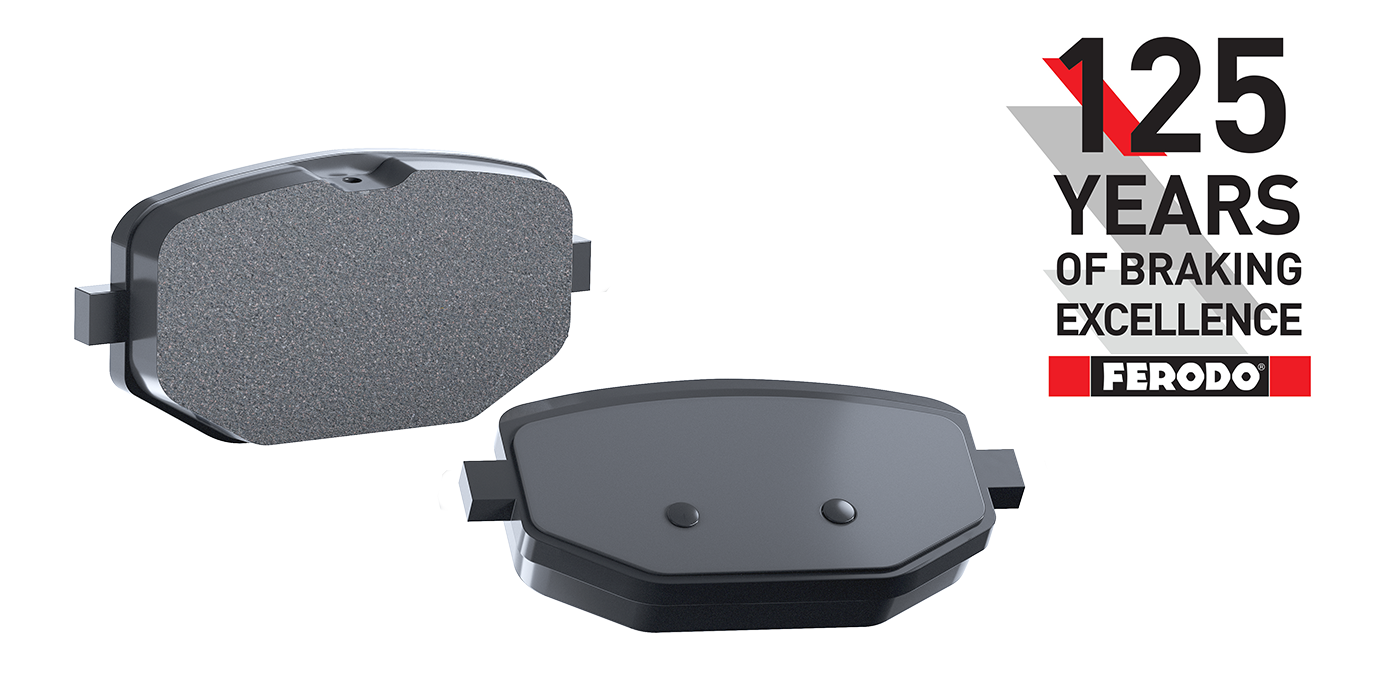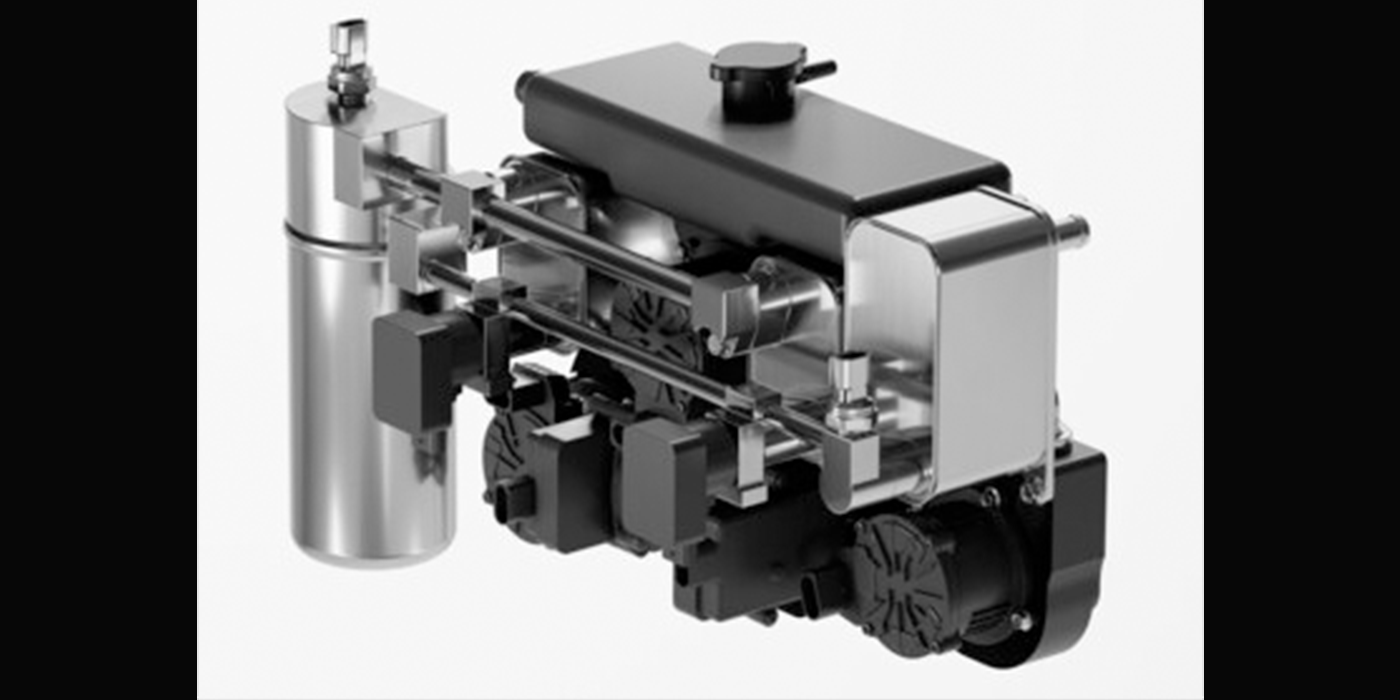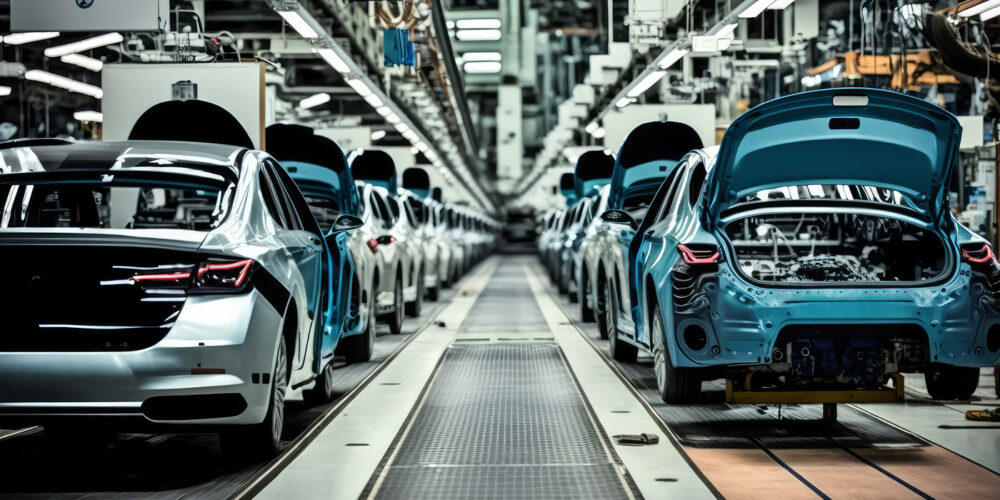BERLIN – Six German automotive companies, including the passenger car manufacturers Audi, BMW, Daimler, Porsche and Volkswagen, and the supplier Bosch, are starting their first-ever joint information campaign for "clean diesels" in the U.S.
Under the slogan "Clean Diesel. Clearly Better," the group will publicize the advantages of modern diesel passenger car technology over gasoline engines in terms of cleanliness, consumption and performance. The "Clean Diesel. Clearly Better." campaign, developed jointly by the German Association of the Automotive Industry (VDA) and VDA member companies, includes both an online and offline platform, including the website clearlybetterdiesel.org.
The goal is to create a multi-brand information platform for clean diesels among the U.S. population and to make the advantages of this technology better known using first-hand information. Even today, the market share of diesels among all newly registered light vehicles in the U.S. is still quite low – 2.6 percent compared with a diesel share of 55 percent in Western Europe. Yet sales of diesel passenger cars by German manufacturers – who take 100 percent of the market in diesel cars in the U.S. – have more than doubled over the past three years. In the first nine months of the current year, roughly 69,600 diesel cars were sold in the U.S., whereas in 2009, the figure was only 30,600. This represents a rise of 127 percent.
Participating companies will present current models of diesel cars with the "Clean Diesel. Clearly Better." logo. To qualify, these clean diesel vehicles must comply with the very strict environmental standards in all 50 U.S. states. On average, their fuel efficiency is 18 percent higher than corresponding models with gasoline engines.
The companies participating in the campaign also will apply the campaign logo as a seal of quality in the U.S. market in advertisements, on banners, in TV spots, product brochures and in their showrooms. The campaign will make its mark at the North American International Auto Show (NAIAS), January 2013 in Detroit.
Vehicle Quality Trending in the Wrong Direction: JD Power
From cupholders and door handles to ADAS features, reported problems are rising at record levels.
The proliferation of technology in today’s vehicles might be coming at a cost.
According to J.D. Power’s 2023 U.S. Initial Quality Study, the number of problems per 100 vehicles (PP100) has gone up by a record 30 PP100 over the past two years – suggesting that quality is taking a backseat to innovation in the auto industry.
Japanese-Brand Automakers in US: $60.4B in Plants, 2.29M Jobs
New data highlights Japanese-brand automakers’ contributions to the U.S. economy and workforce.

Toyota Transforms Alabama Engine Plant with Clean Energy
Toyota, Toyota Tsusho America and Huntsville Utilities announce 168-acre solar project.
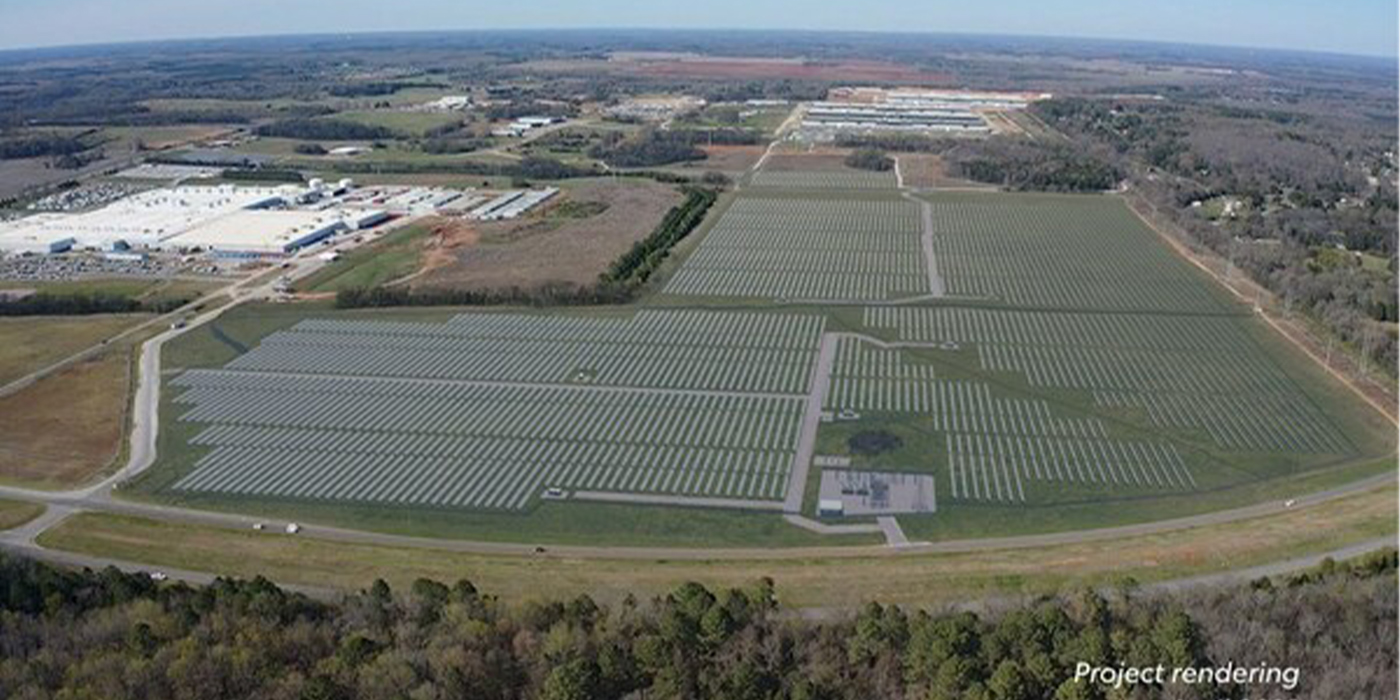
IIHS Strengthens Requirements for TOP SAFETY PICK Awards
Only 48 models qualify for 2023 awards thanks to stiffer requirements for headlights and side crash protection.
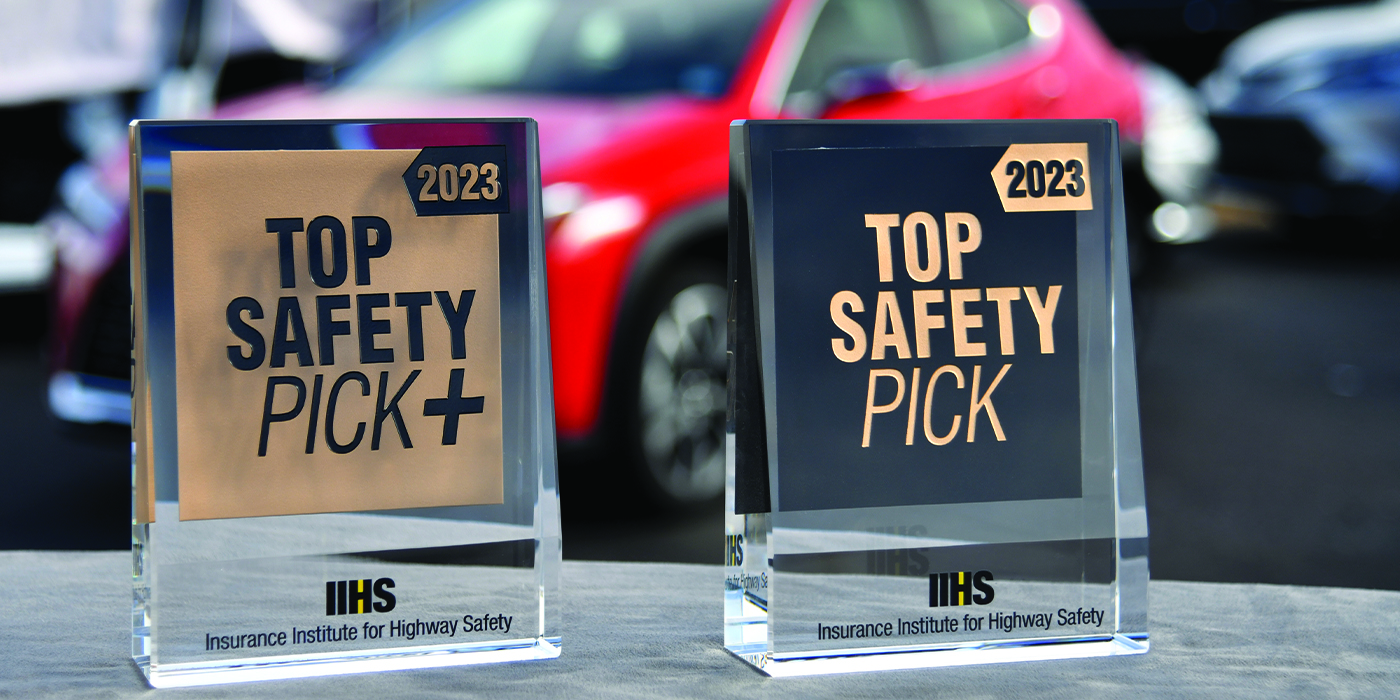
Magna Wins GM Battery Enclosures Business
Magna will supply battery enclosures for the all-new 2024 Chevrolet Silverado EV.
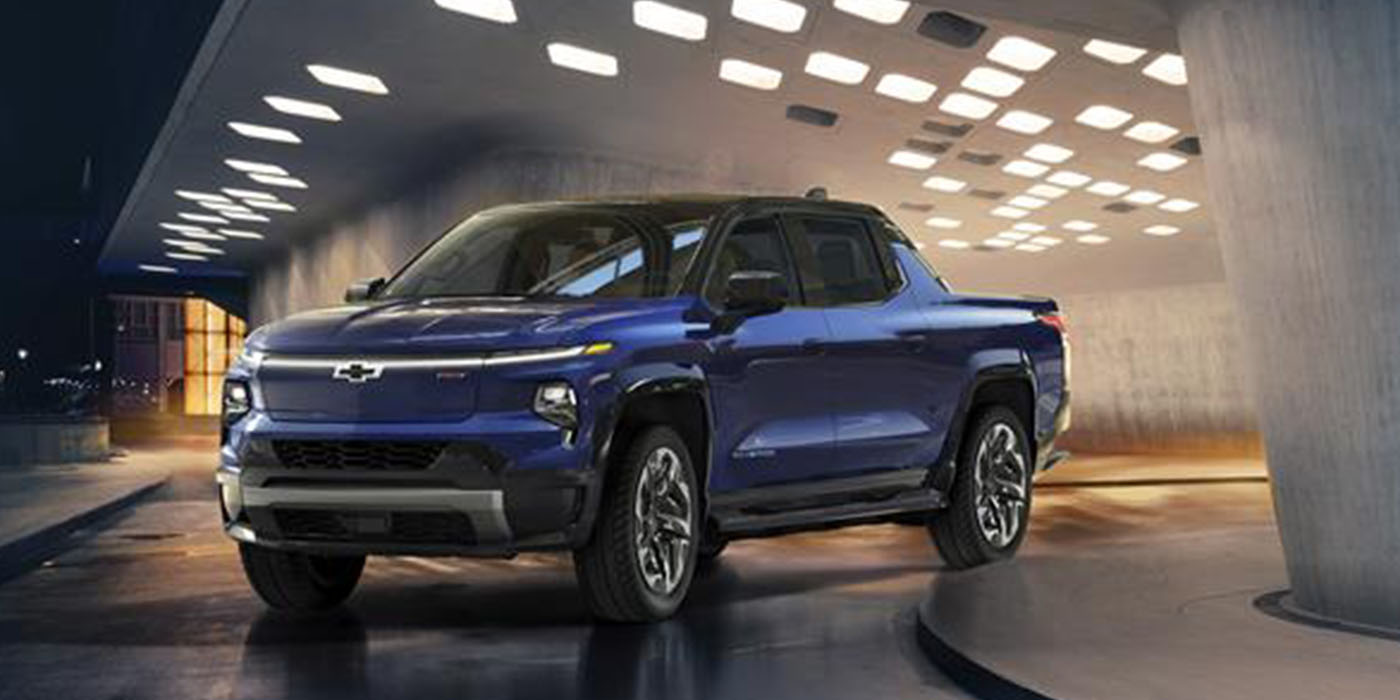
Other Posts
Magna’s ClearView Vision System Comes to Market on Ram Truck
The product combines interior and exterior mirrors, cameras, electronics and software.
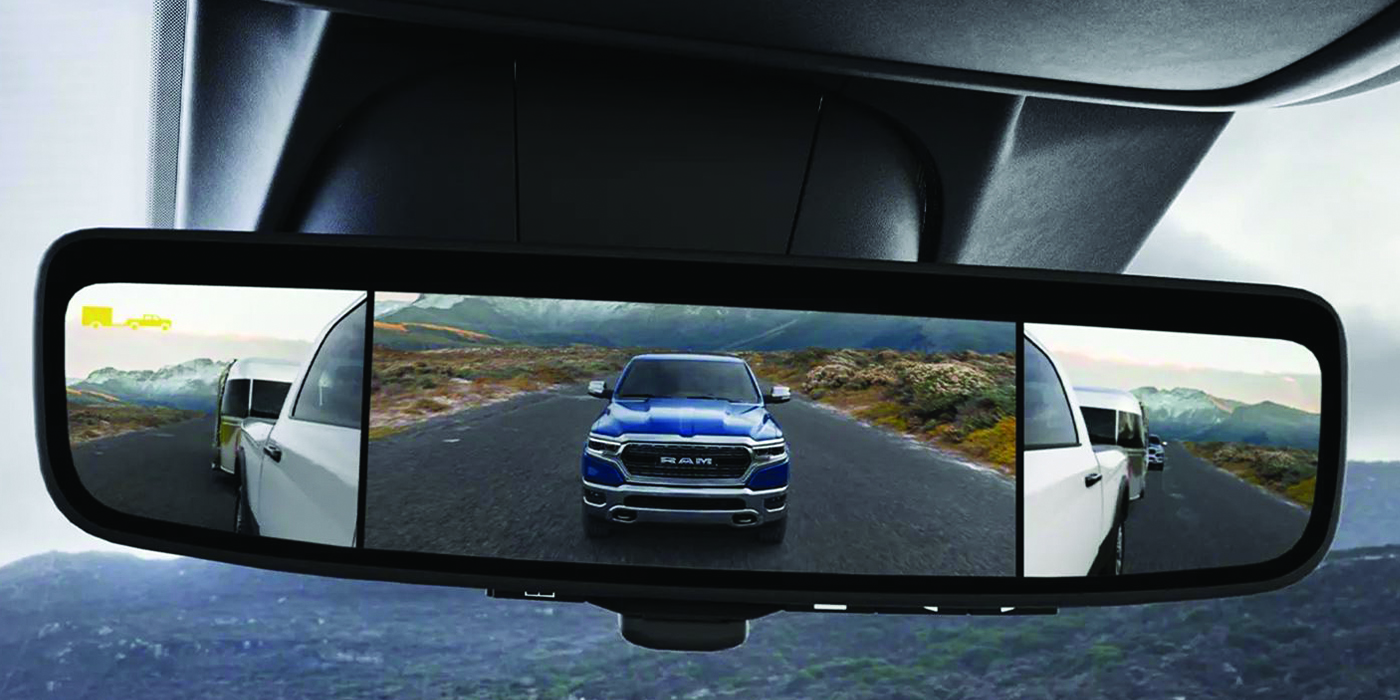
Bridgestone Partners with Lamborghini on Supercar Run-Flat
Bridgestone says the Dueler All-Terrain AT002 is the first supercar all-terrain tire featuring run-flat technology.
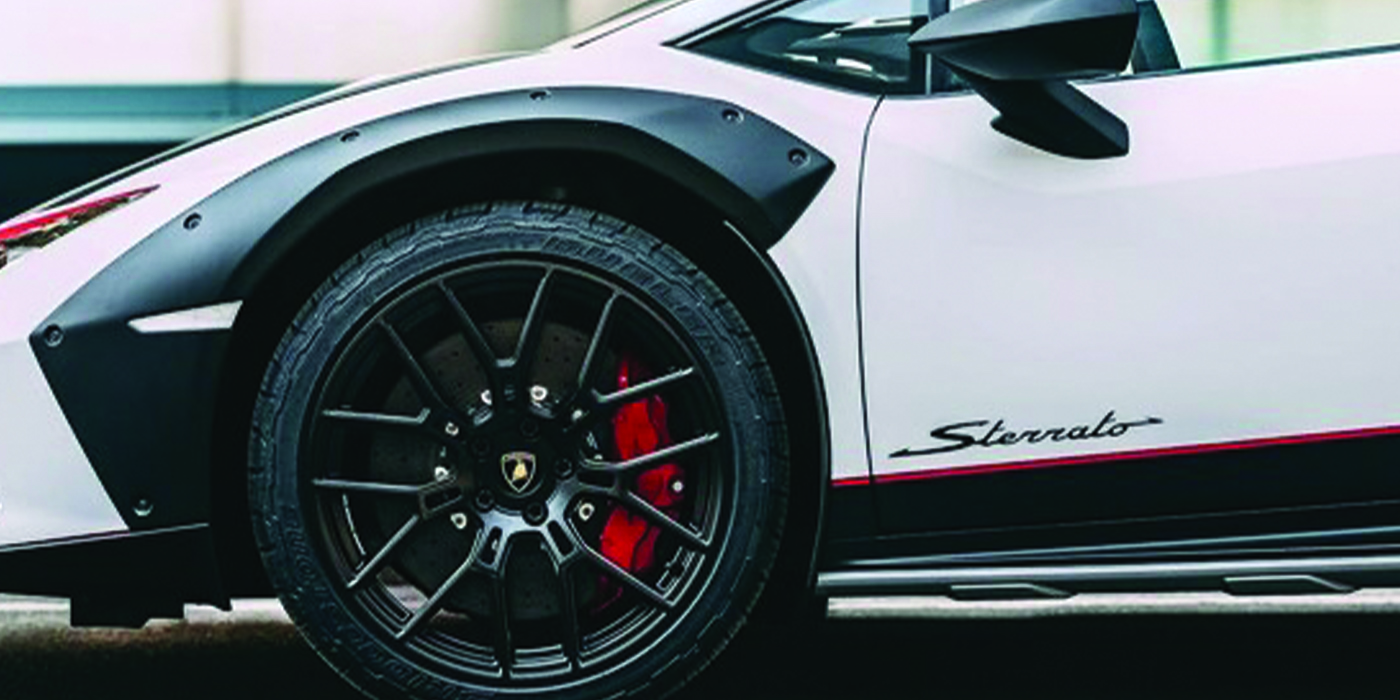
BASF Color Report: Automotive Color Rainbow is Expanding
While white and black still win, chromatic colors gain market share around the globe.

Car, Truck & Utility Vehicle of the Year Announced
Winners were selected after hundreds of hours of test driving, research and evaluation.
